Autumn is the time for hiking in the forest for lovers of "quiet" hunting. One of the widespread species of mushrooms in the central zone of Russia are butterfish. According to the photo with the description, you can familiarize yourself with each of the species of these mushrooms in more detail. They grow in coniferous and mixed forests and appear in early summer.
Content
Features Oil
For ordinary people, names such as butterdish, butterfish and yolk are familiar - these are synonyms for one fungus that is used as food. Oil mushrooms are very popular among mushroom pickers.
Appearance and photo
The oily look always a little wet, as if oiled, which explains their name. A distinctive external feature is a shiny oily film, which is noticeable in the photo, and is also well felt when touching the hat, which reaches a diameter of 10 cm.
The color of the fungi varies from brown-brown to grayish-olive and yellow, depending on the species. The fruit body is from 3 to 12 cm. The peduncle has a smooth surface and a diameter of about 2 cm. Mycologists have up to 50 varieties of the Maslenkov family.
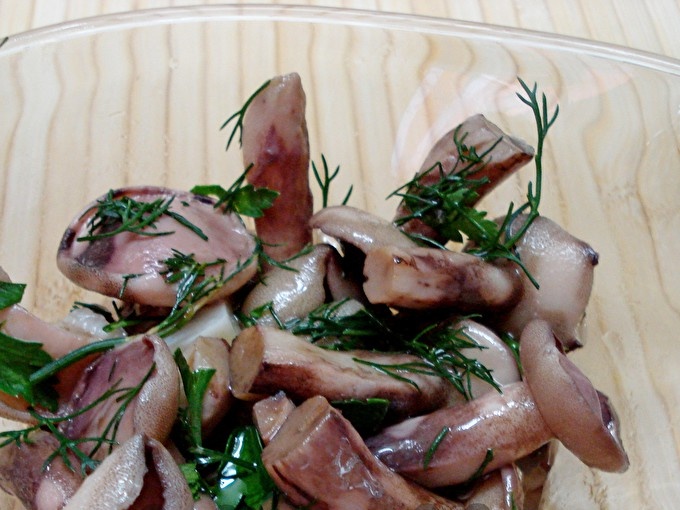 You may be interested in:
You may be interested in:Morphology
The butterdish belongs to the genus Tubular mushrooms, of the order Polevye. The Latin name is Suillus luteus. It has well distinguishable structural features that allow you not to confuse it with other types:
- The shape of the cap is convex in young fruits or flat with a slight tubercle in the center of ripened fruiting bodies; it may be slightly bent up. The main species difference of the oil is a hat - covered with mucus in wet weather and shiny, as if it were smeared with vegetable oil, on a sunny, dry day.
The color scheme can be yellow, olive, but more often brown and brown, which is associated with the type and weather conditions of the growth of the fungus. It is important that the oily layer of the cap skin is easily detached. The surface size can reach 16 cm.
- The leg grows up to 10 cm high and has a smooth structure, in some species with granular inclusions. It is characterized by the presence of a ring that appears during the period of maturation of the fungus and has a white color, eventually changing to dirty purple. The shape of the legs is cylindrical.
- Maslyuk has a creamy or greenish tubular layer, finely porous and covered with a white film (in young individuals).
- The presence of dense pulp of white and yellowish color, which becomes watery in old fruiting bodies.
When broken, the mushroom has a pleasant smell with a hint of astringency. Due to the structural features of the oiler, it can be easily distinguished from any other type.
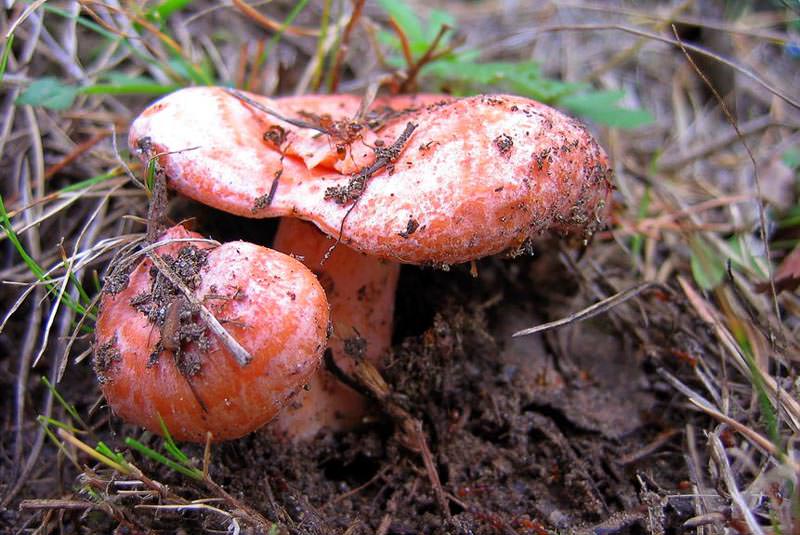 You may be interested in:
You may be interested in:Habitat
The habitat is oily - any forests around the world, even in Africa and Australia, but are most common in the temperate zone of the Northern Hemisphere. At the same time, the mushroom prefers young pine forests, but it can also be found in deciduous and mixed ones. Sandy soil is an excellent environment for its reproduction. He also loves grassy edges and partial shade.
An interesting fact is that masluki grow mainly on the north side of the tree. Often you can find the whole family under one tree or next to it, since the butterflies do not grow alone. The amount will directly depend on weather conditions, since this species needs moisture and is difficult to find in dry weather.
Edibility
Butterflies are edible mushrooms. Some species are more popular because of their excellent taste and prevalence. There are also several species that are doubles and can not be eaten: Siberian, noteworthy and pepper butter.
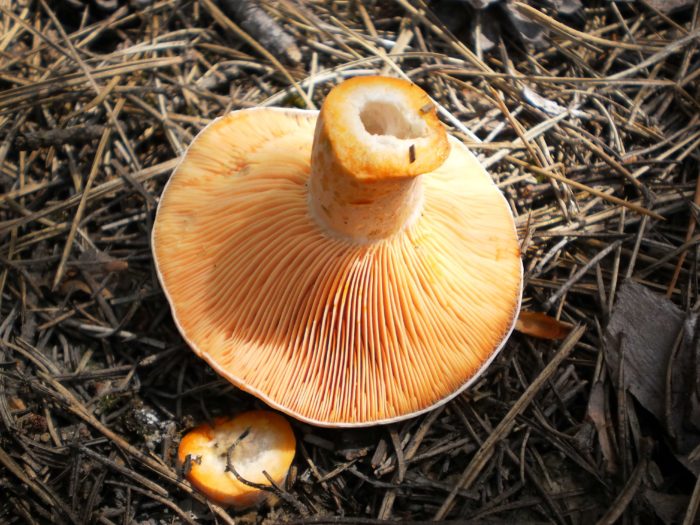 You may be interested in:
You may be interested in:Species diversity
All mushrooms of the Oily family have similar species features:
- The butterdish is grainy, it is summer or early. It has a thick fleshy hat and dense pulp with almost no smell. A thin tubular layer can give off white drops of juice and a leg with small brown scales. The main distinguishing feature is the absence of a ring on the leg. Prefers young landings where there is a lot of light. Ripening period is May - November.
- Larch oil. It has a large hat up to 15 cm in diameter, the soft flesh turns slightly pink when broken, has a pleasant mushroom smell. Brownish leg with granular impregnations. It prefers to grow in deciduous areas and bears fruit from July to November.
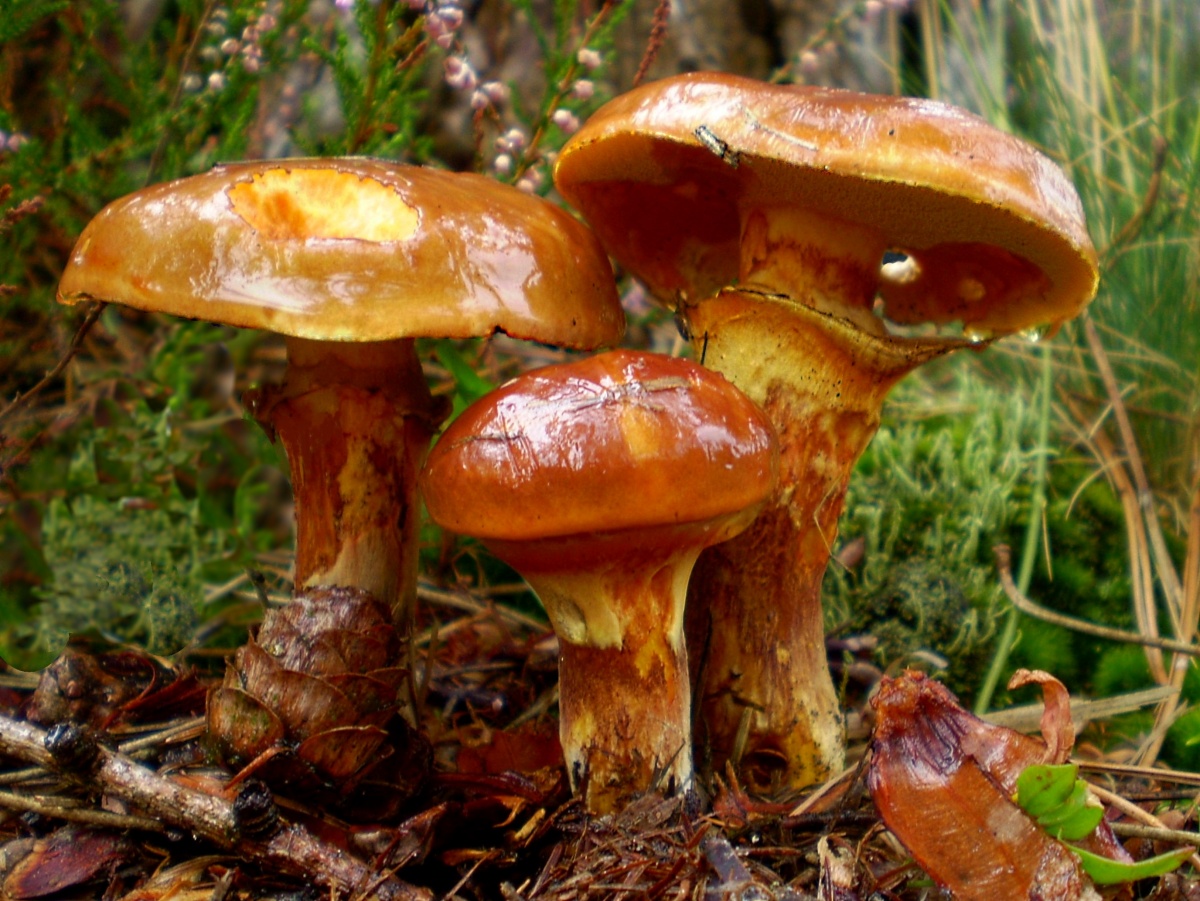
Larch oiler - The butterdish is yellow. Also called ordinary and autumn. The hat is yellow-brown, sometimes chocolate. The pulp is thick with a milky hue, and the cylindrical leg necessarily has a ring. It prefers pine habitat and one of the most widespread species. Ripening period is June - November.
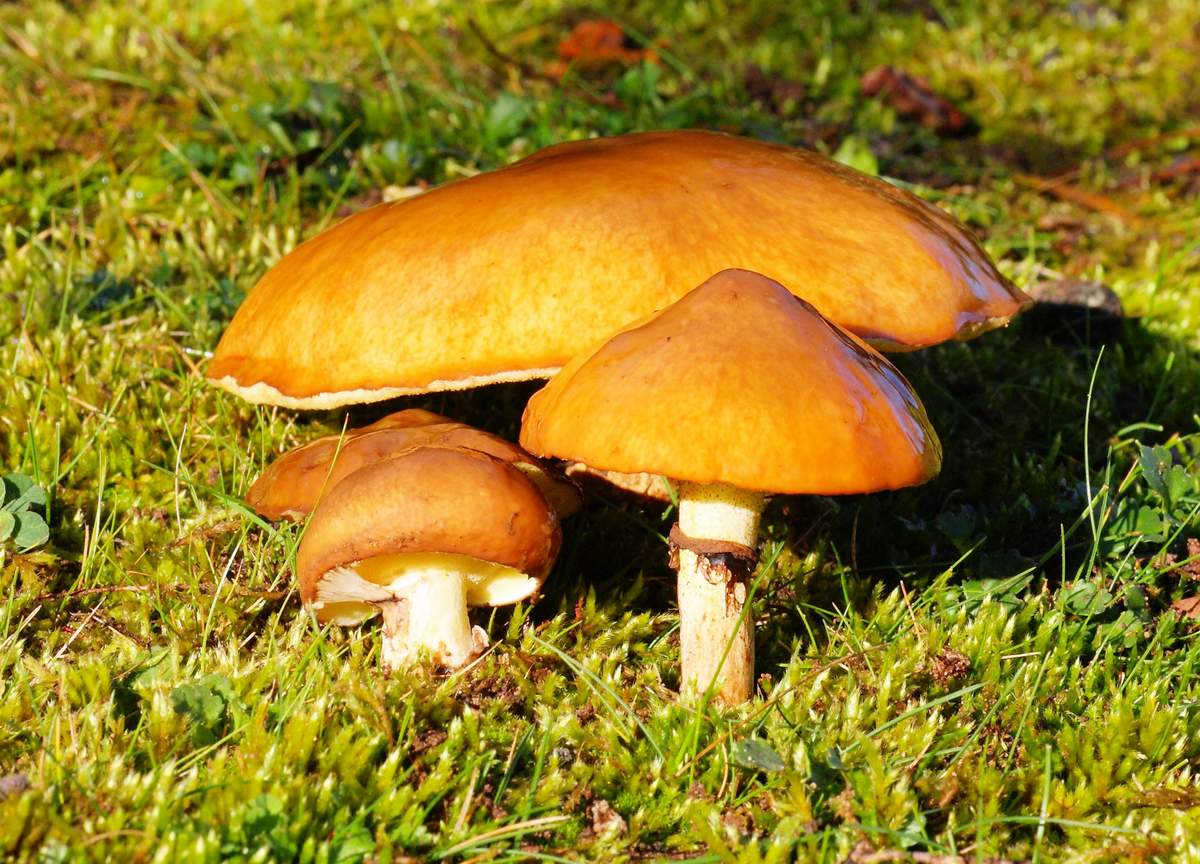
Butterdish yellow
In addition to the widespread tubular species, there are many species that can be found in the forest and almost all of them have good taste and are recommended for use. Their types are distinguished according to the color of the cap and pulp:
- Gray.
- Bellini
- Chestnut.
- Yellowish.
Rules for safe collection and distinction from false species
Since oilfish grow in various forests, it is quite easy to find them. Mushrooms prefer well-lit glades, edges and young coniferous plantings, where they should be sought. Interestingly, this species never grows alone and you can immediately find the whole family. Sometimes it can be a whole meadow. At the end of the season, fruiting bodies become wormy, so you need to be careful when collecting such specimens. It will be correct to look for oil after the rains, since moisture contributes to the mass appearance of mushrooms.
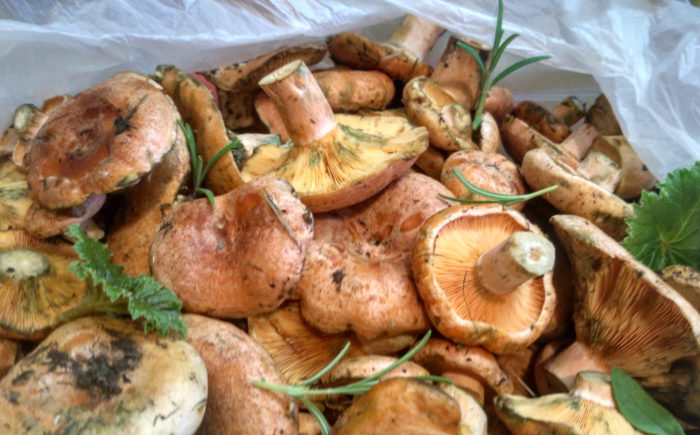 You may be interested in:
You may be interested in:They pick mushrooms for a rather long period, starting in May and ending in late November (even after frosts). Since the period when the oil is growing is quite long, mushroom pickers have a chance to collect these fragrant and healthy mushrooms.
Despite its attractiveness and ease of assembly, the oil has poisonous doubles and it is very important to know how to distinguish them. Characteristic features of false species:
- the shade of the hat should not be purple, this is a clear sign of toxicity;
- lamellar structure at the bottom of the cap;
- the leg of the edible oil should not have shades other than white, brown, yellowish.
Inedible types of oils have caps of more saturated and vibrant colors, and their flesh immediately changes color when broken. This method can be used, being unsure of what kind of species was found.
The benefits and harms of oil
Numerous studies have confirmed the benefits of using and consuming oils. They include a whole group of vitamins and minerals:
- vitamins - B1, B12, B2, B6, C, PP, A, E;
- minerals - calcium, potassium, sodium, iron, iodine.
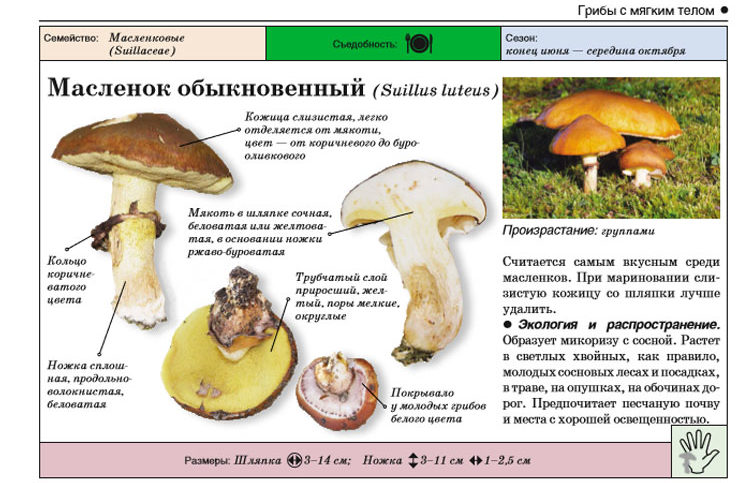
Due to the presence of trace elements, the use of butter in food helps to cope with violations in the body. Experts recommend eating mushrooms for:
- gout
- migraine;
- the need to remove toxins and toxins;
- to enhance immunity and improve gastric secretion.
Recipes and cooking features
The butterdish can be used for cooking various dishes, as well as pickled for the winter, but it is very important to properly prepare it. In this case, the following processing rules must be observed:
- do not soak the oil before cleaning, they will become slippery and sticky;
- the upper skin of the hat needs to be removed, it gives bitterness during processing;
- slightly clean the leg;
- soak for 20-30 minutes in water after cleaning;
- rinse thoroughly several times in salted water.
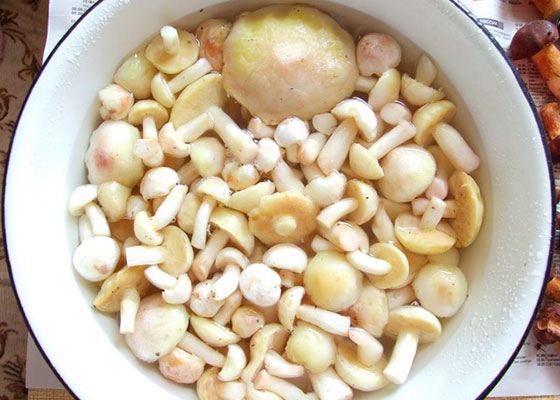
Only after doing the simple, but necessary steps, you can start cooking dishes from maslyuk.
Baked Potatoes with Oils
Need to:
- potatoes - 4 pcs.;
- mushrooms - 200 g;
- onion - 1 pc.;
- hard cheese - 200 g;
- mayonnaise - 2 tbsp. spoons;
- vegetable oil - 2 tbsp. spoons;
- salt and pepper.

Cooking:
- Peel and cut the potatoes into thin slices.
- Boil mushrooms in salted water.
- Dice the onions and fry them slightly, add the mushrooms and continue for another 5 minutes.
- Put the ingredients in a form in several layers: potatoes, mushrooms, mayonnaise, add salt and pepper to taste.
- Put in the oven for 20 minutes at 200 ° C.
- Grate the cheese.
- Take out a baking sheet and sprinkle the dish, put on for another 20 minutes.
Fried butter
Need to:
- mushrooms - 1 kg;
- onions - 1-2 pcs.;
- vegetable oil - 50 g;
- salt, pepper - to taste.
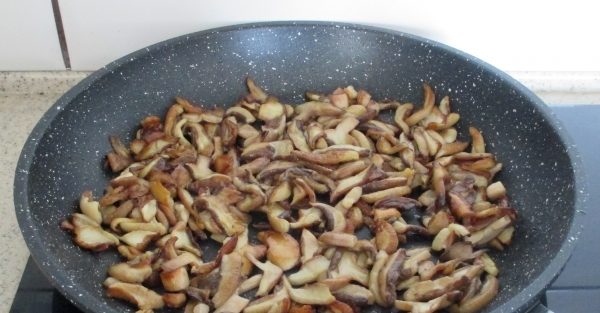
Cooking:
- Peel the mushrooms and boil for 20 minutes in slightly salted water.
- Chop and fry the onion until golden brown.
- Add the oil to the pan and fry for 15 minutes over medium heat.
- Add salt and pepper to taste.
Answers to Common Questions
Inexperienced mushroom pickers often ask questions about oils:
One of the most common types of edible mushrooms in central Russia are butterfish. They are easy to pick up a whole basket, because they prefer to grow in families, and are found in different forests. There are several false species of this fungus, so it is worthwhile to carefully study the information about them before hiking the forest.

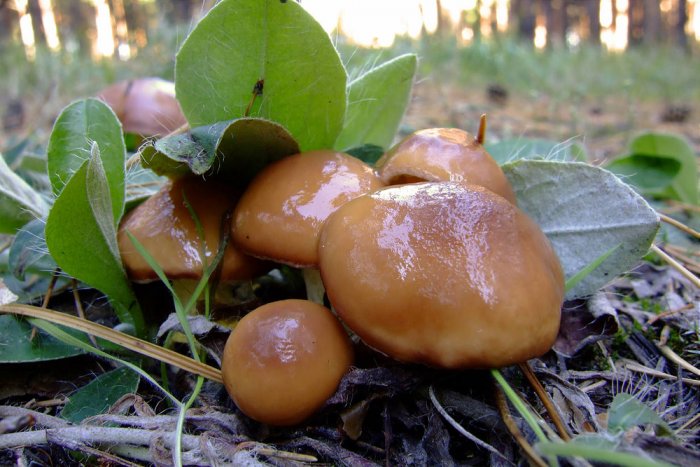
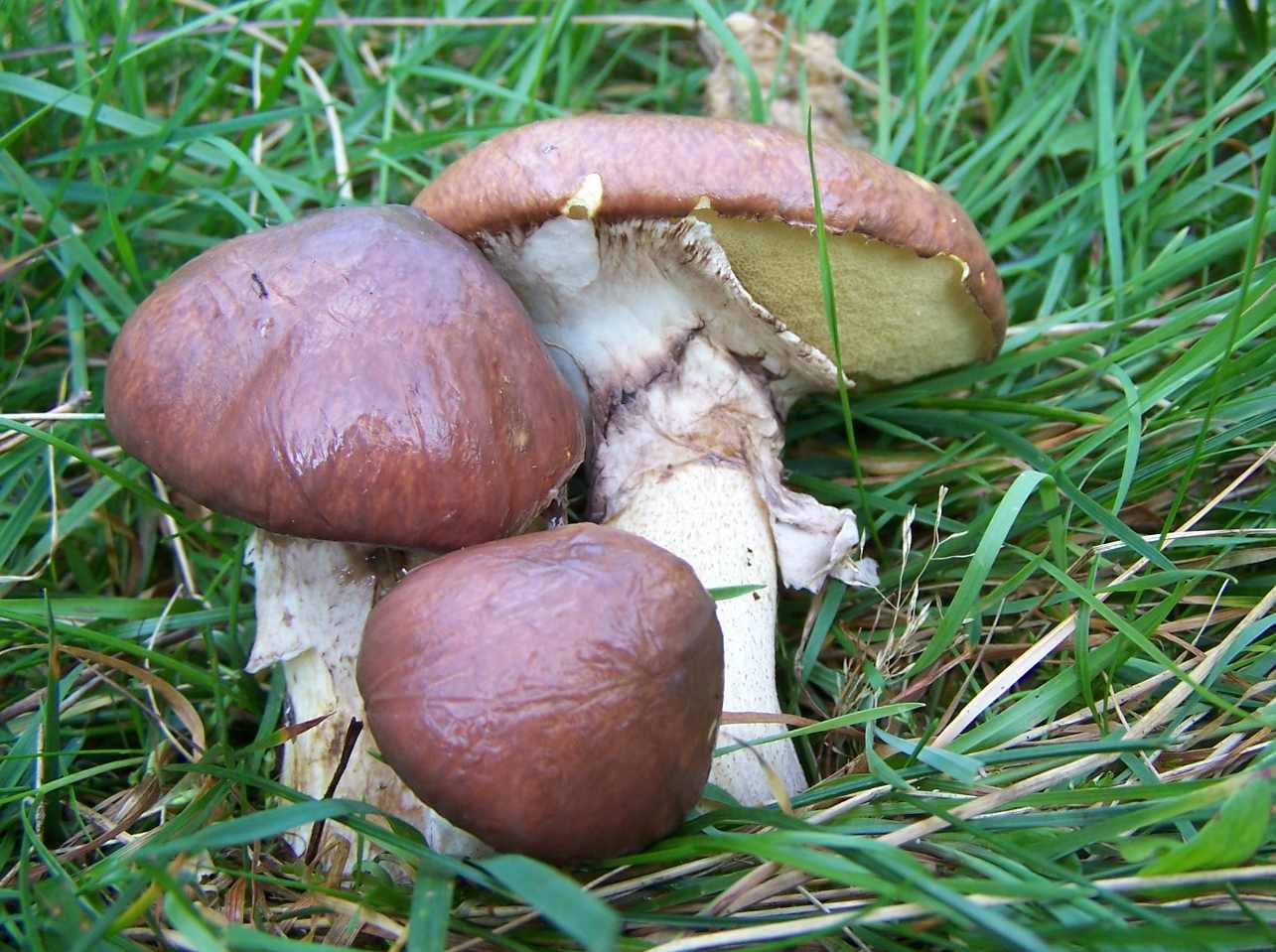
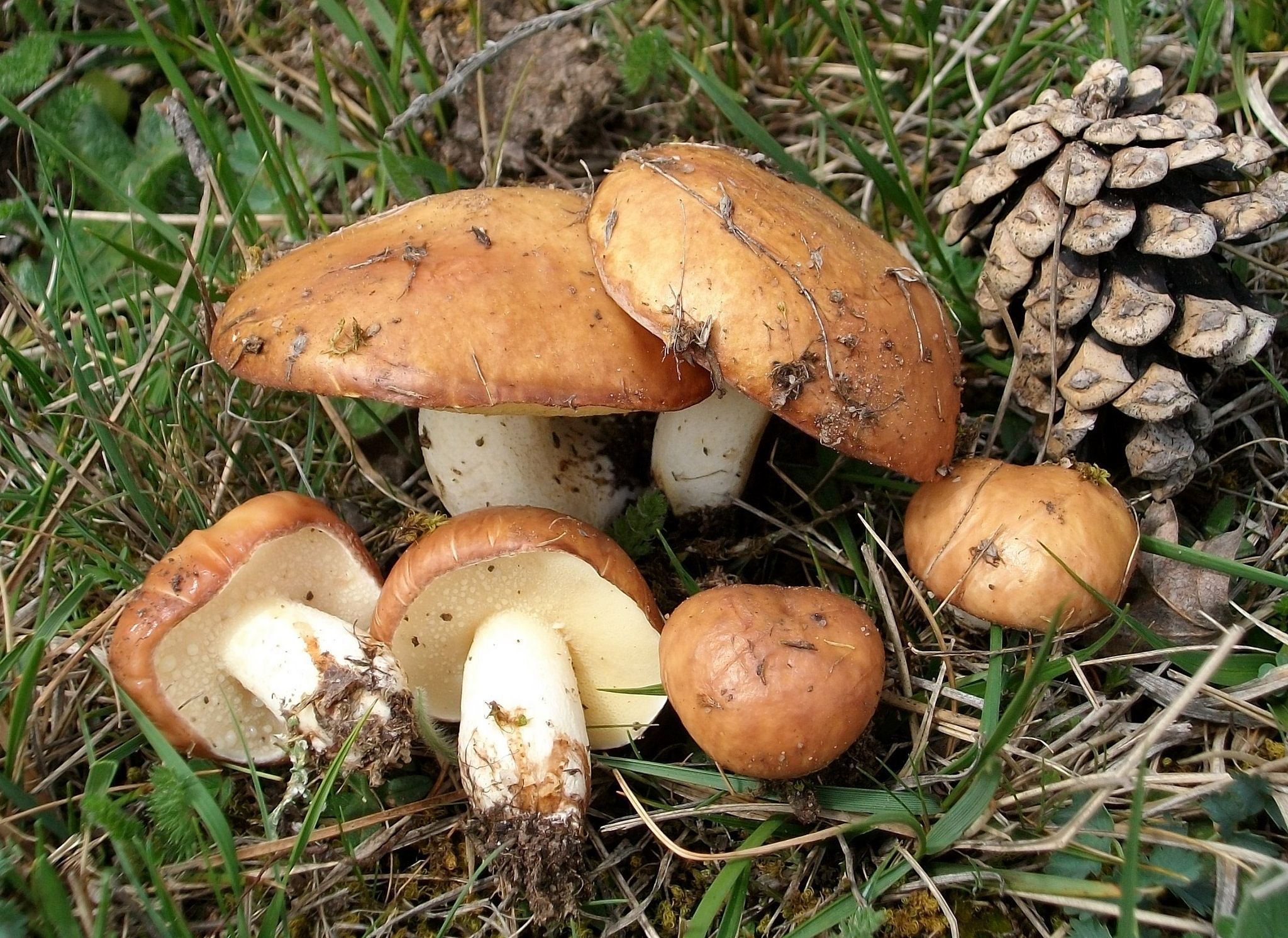
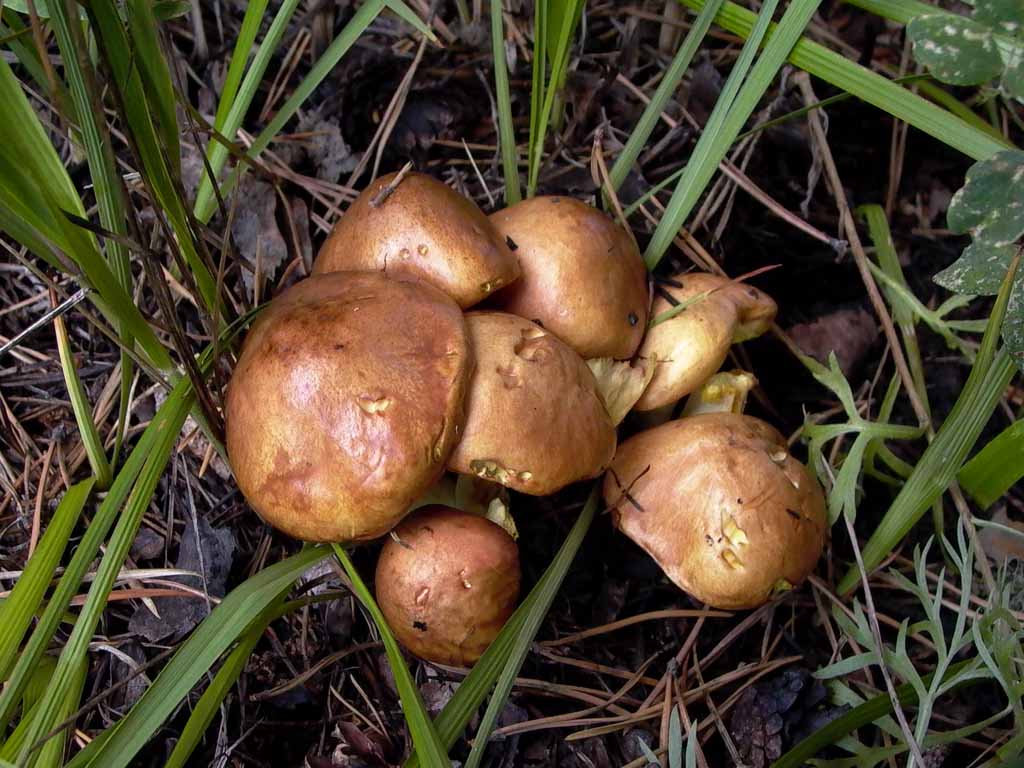

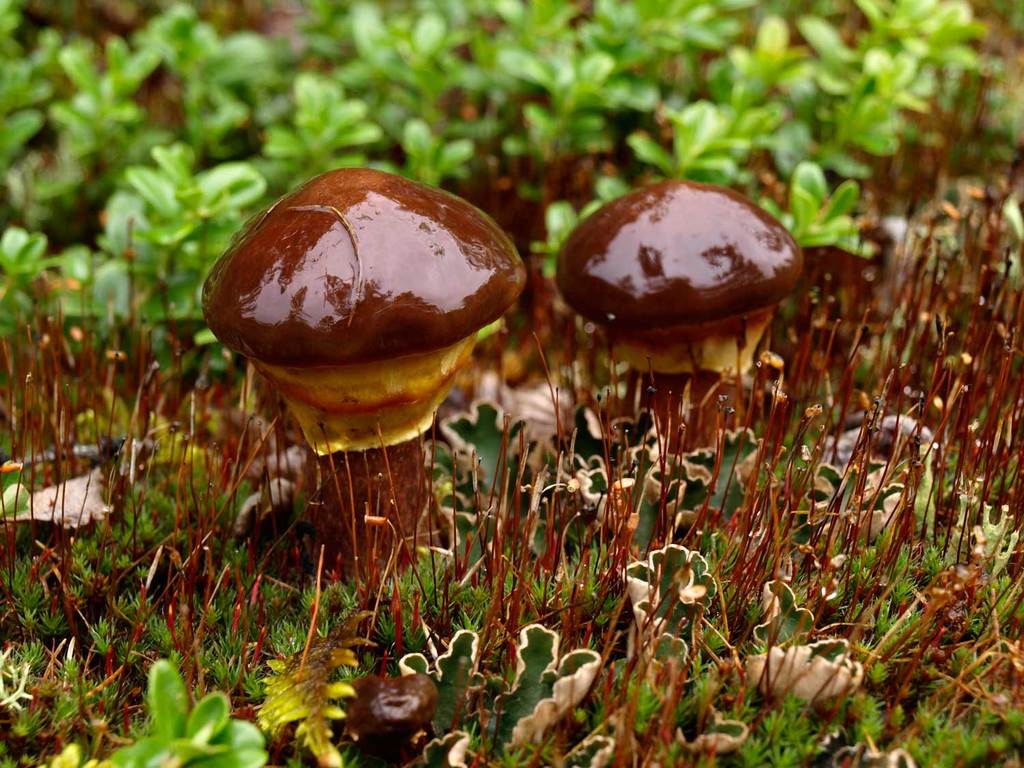
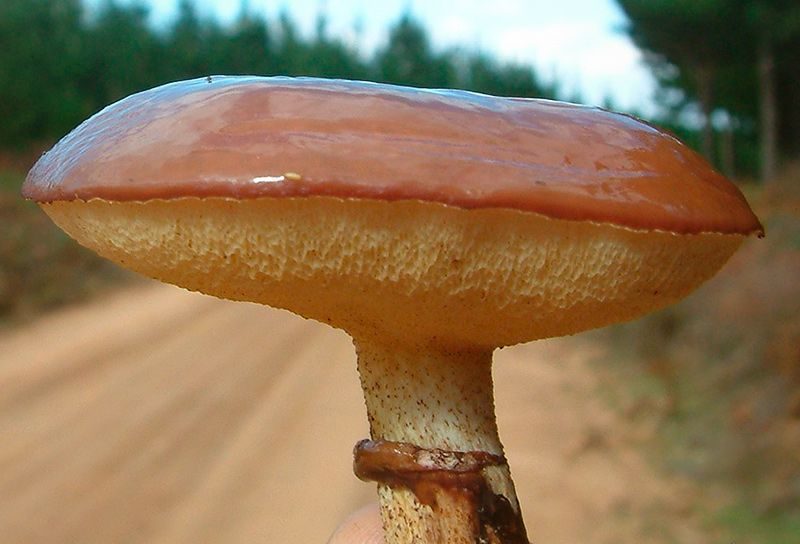

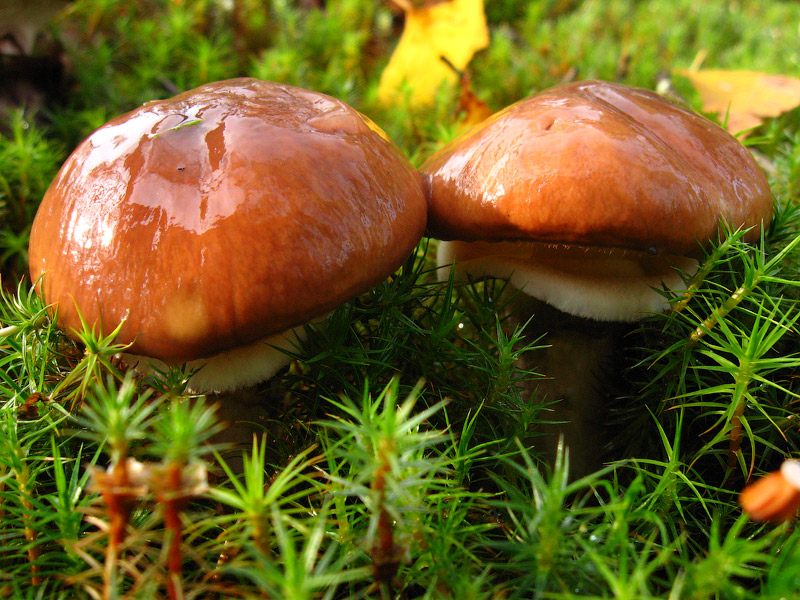
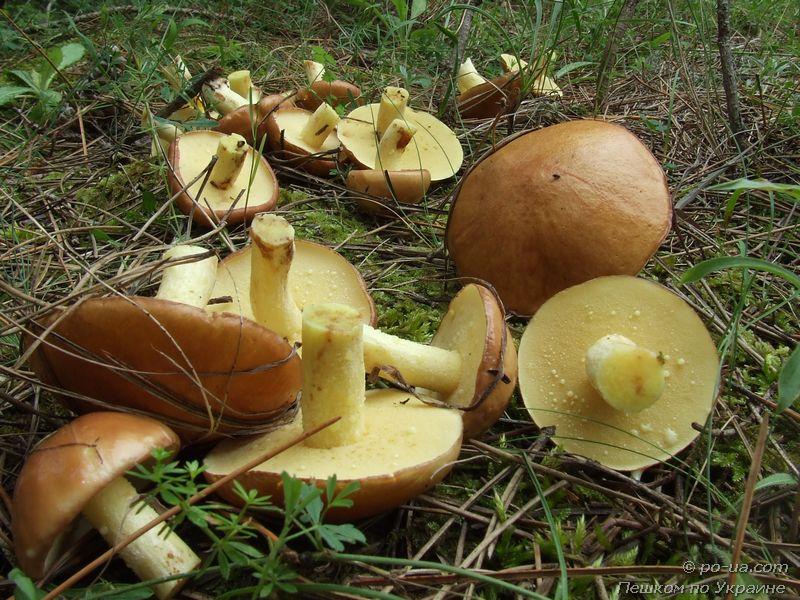
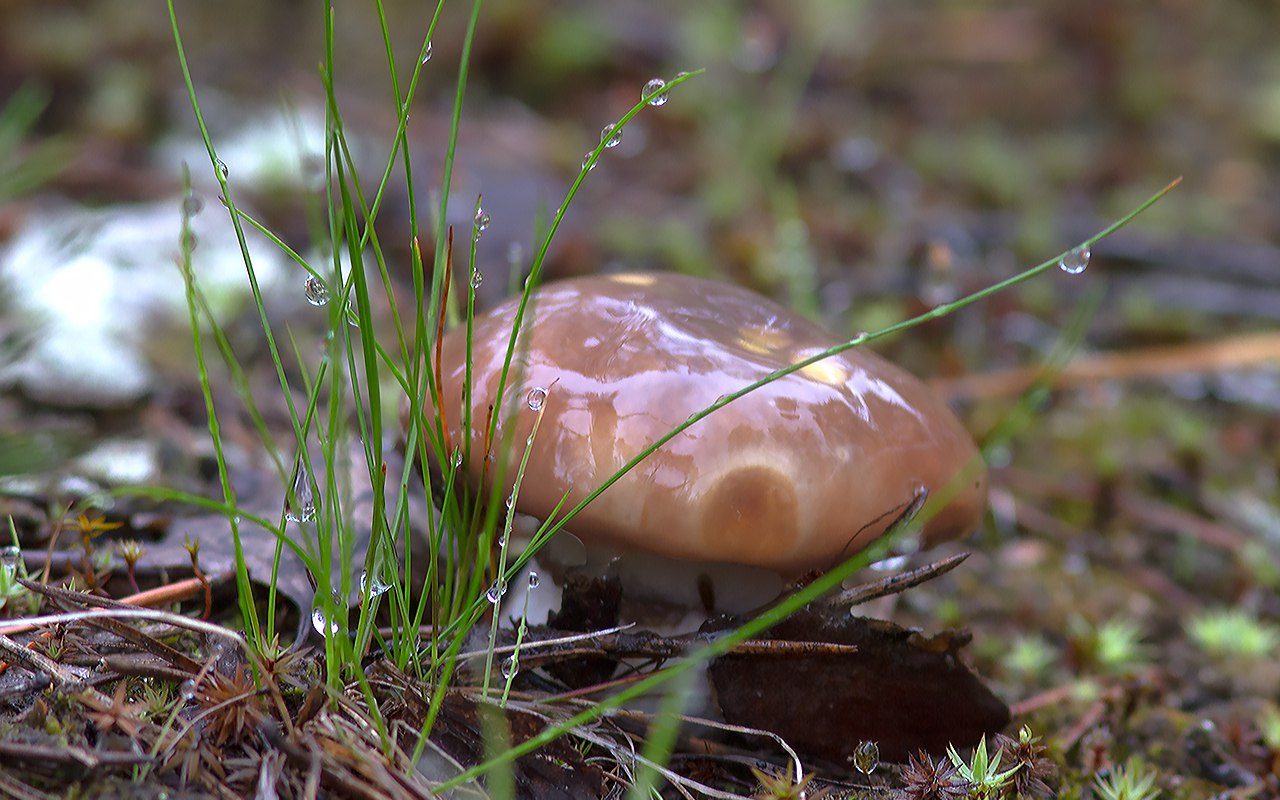
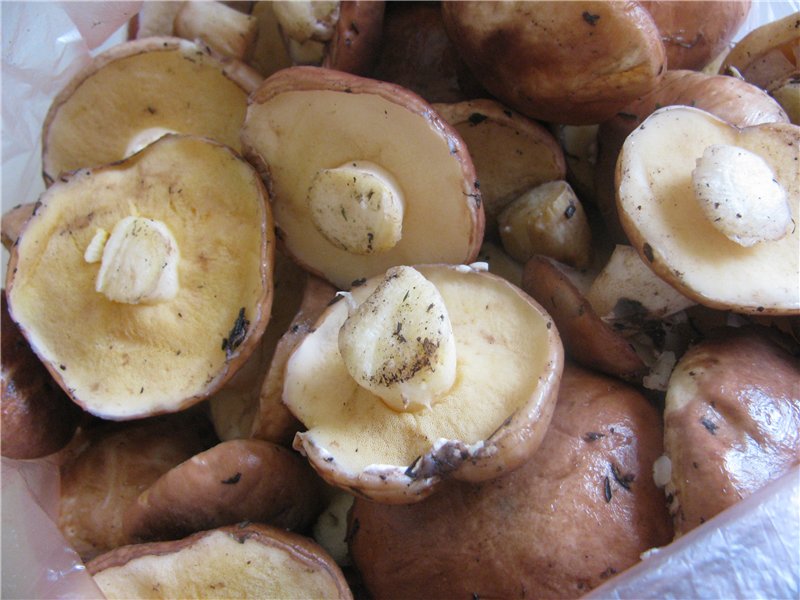
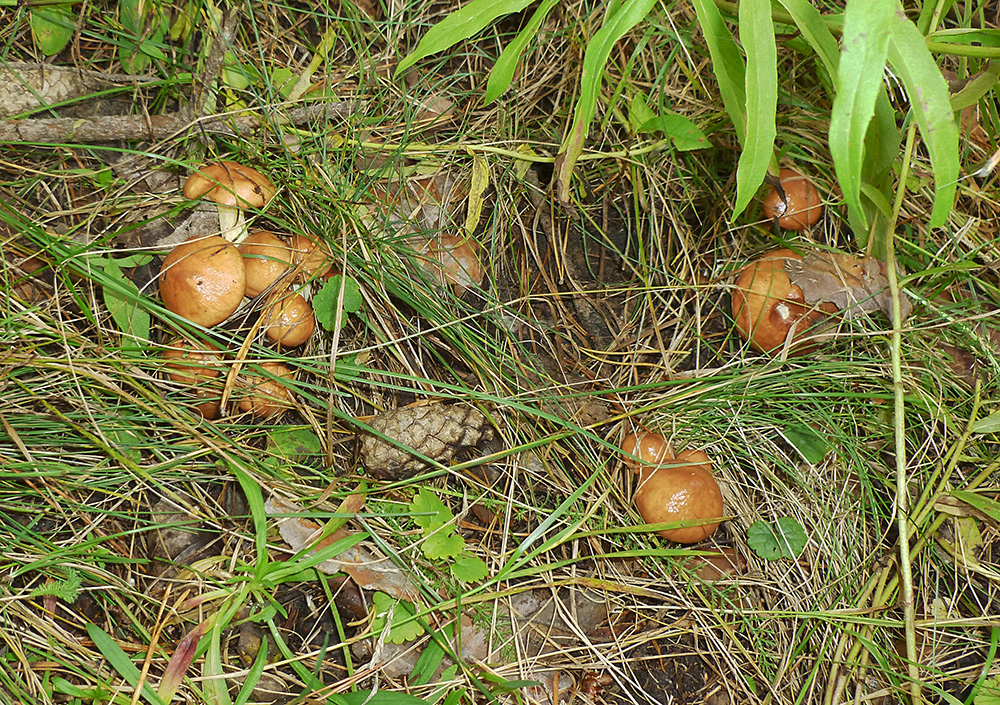
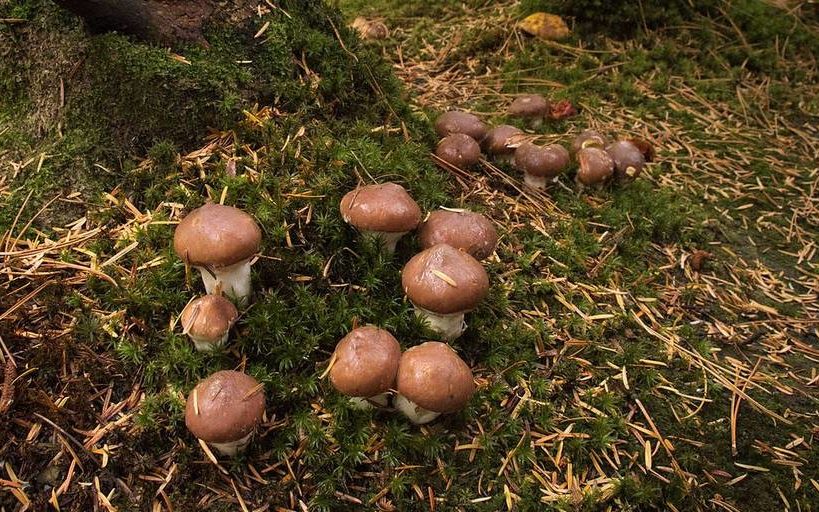
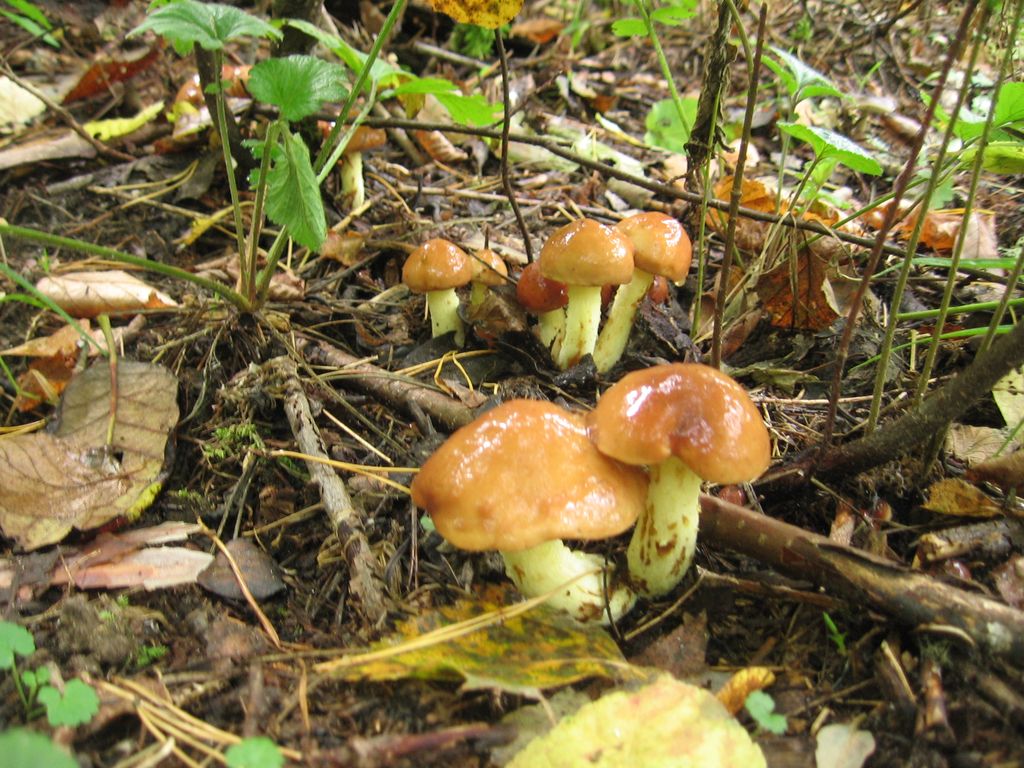
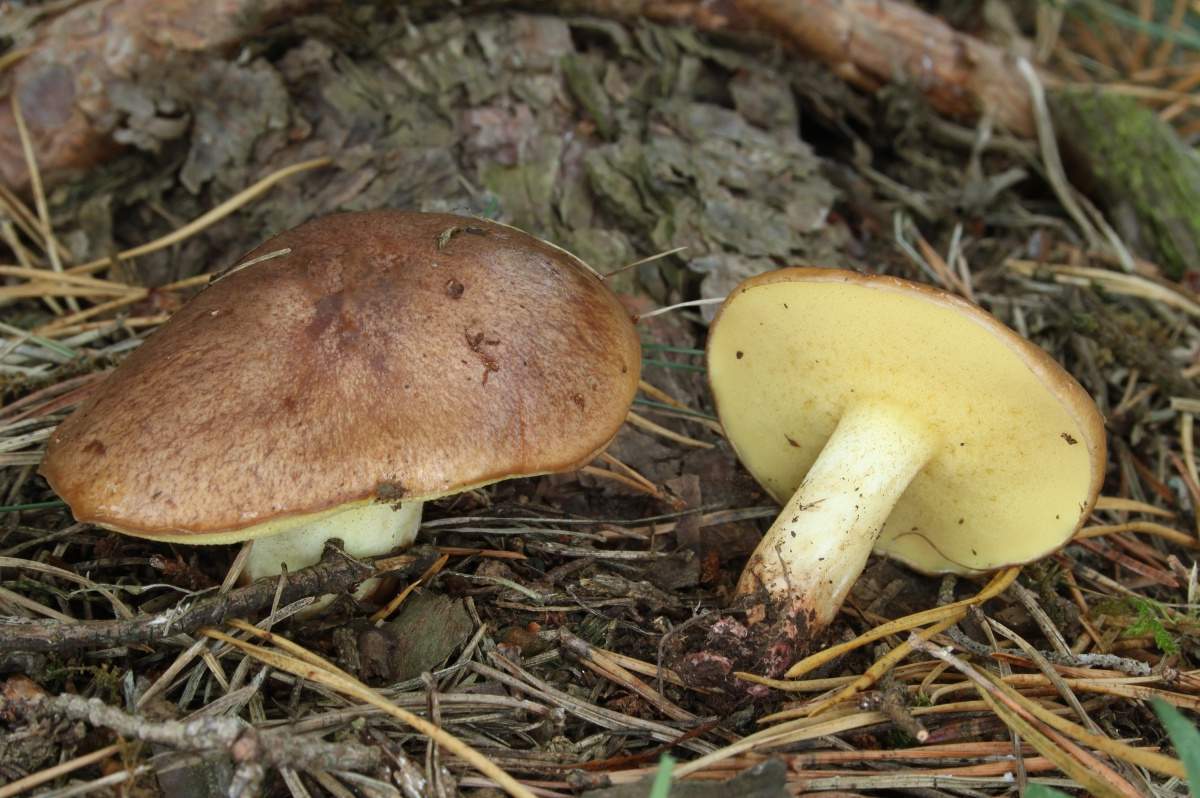
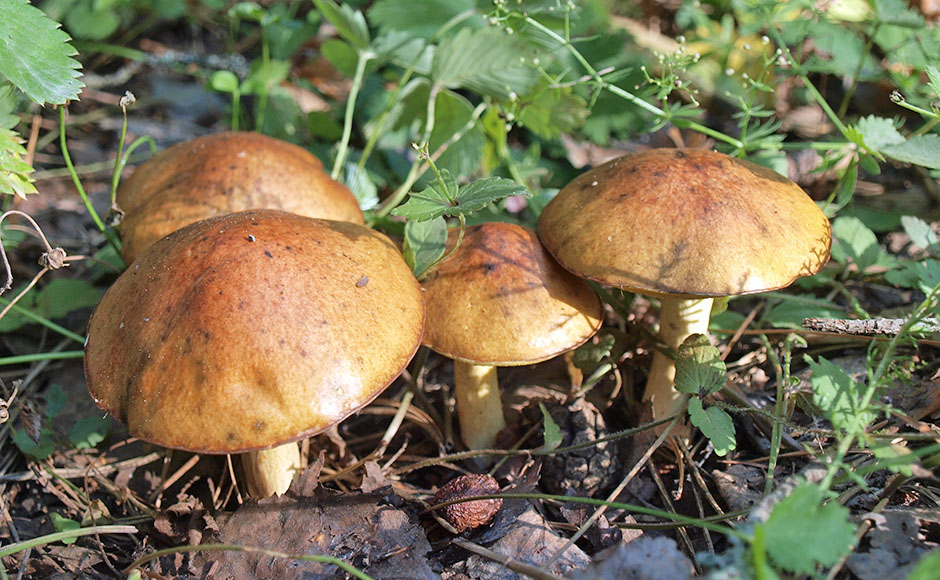
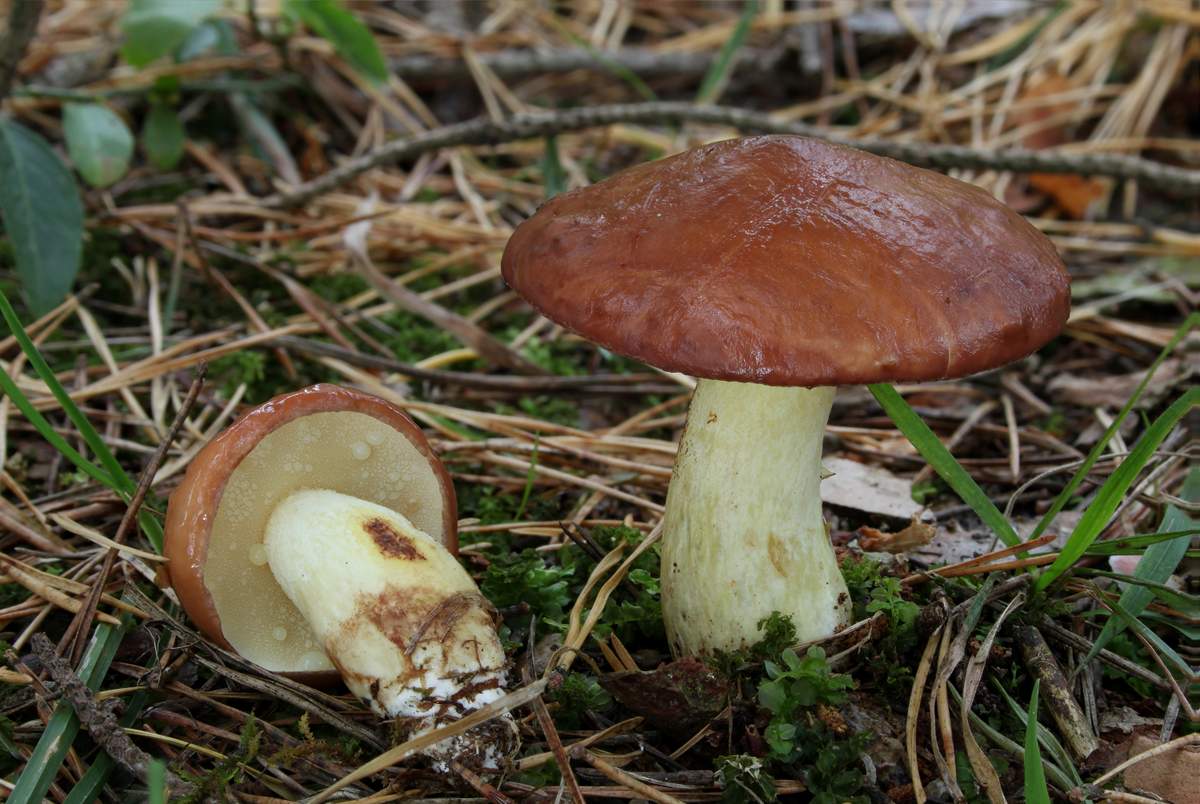



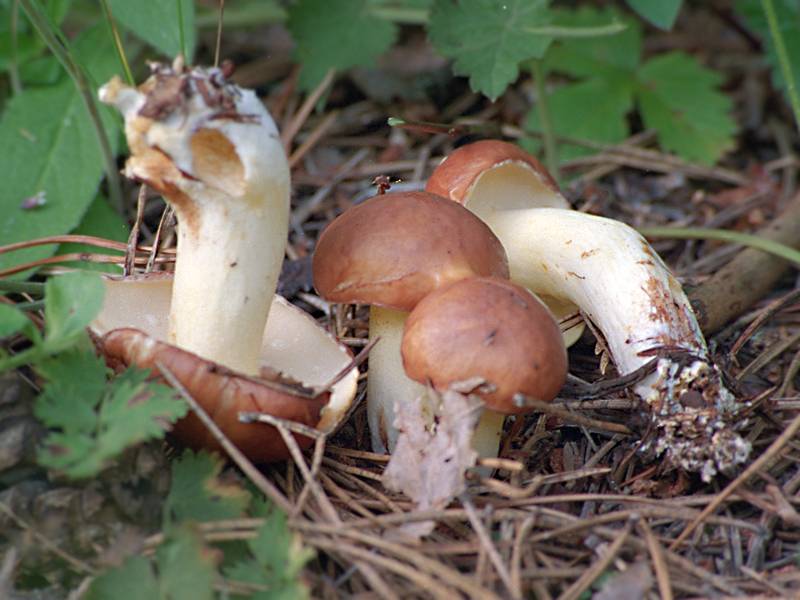
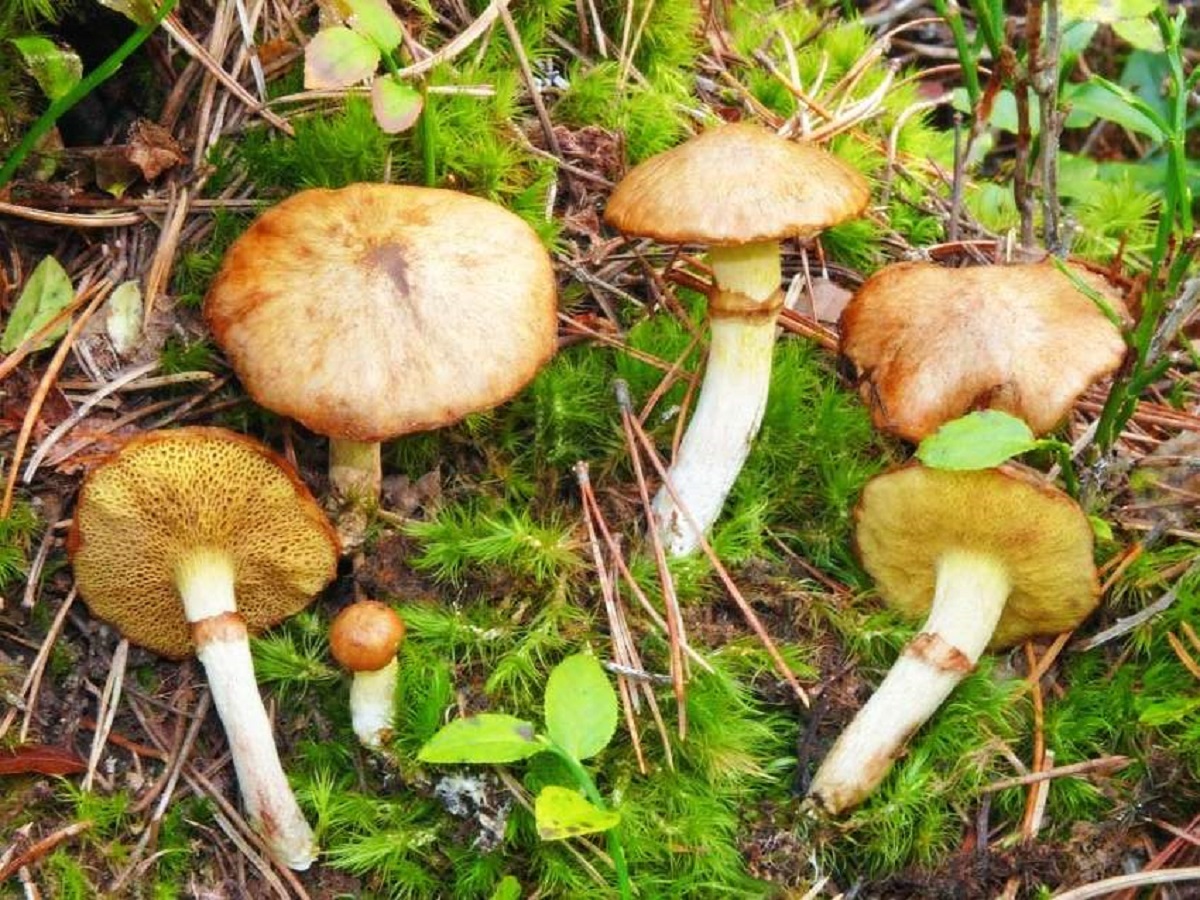
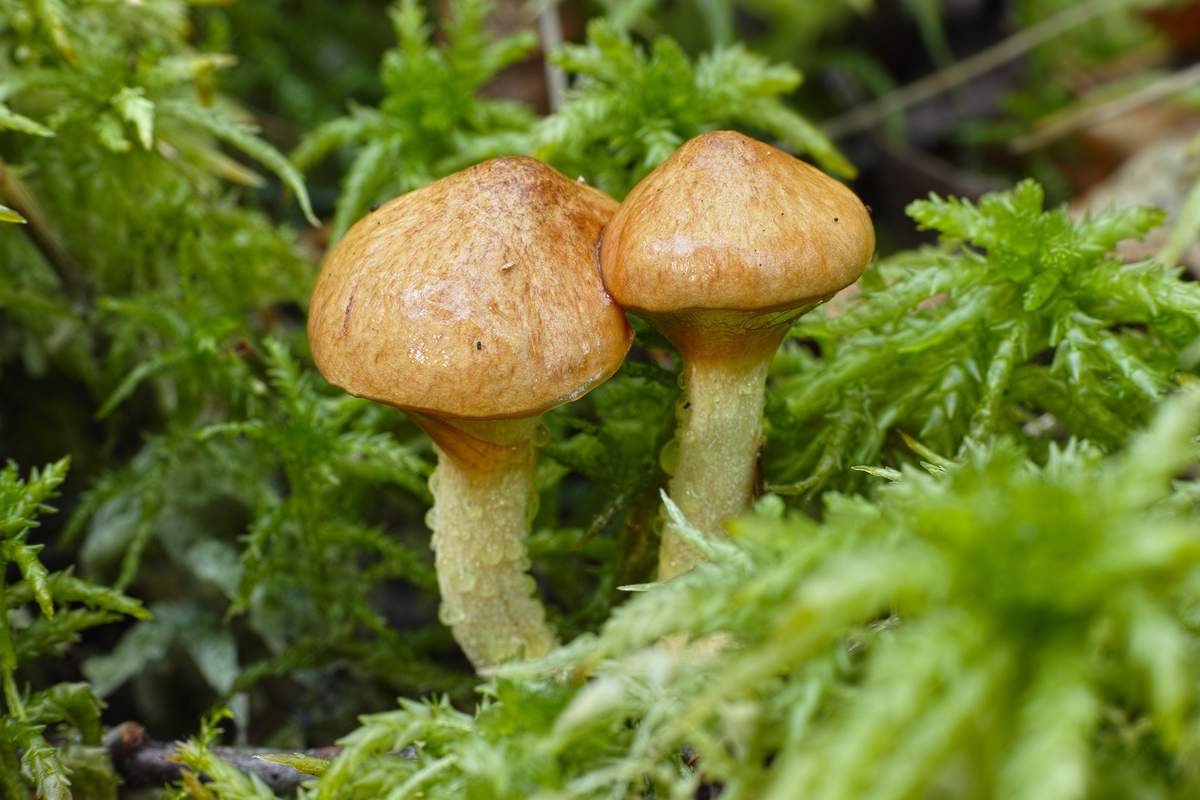
 Care and use of Kombucha at home (+22 photo)
Care and use of Kombucha at home (+22 photo) Edibility of the fungus of the motley umbrella and its description (+19 photo)
Edibility of the fungus of the motley umbrella and its description (+19 photo) Description of edible and inedible oils, their poisonous counterparts (+40 photos)
Description of edible and inedible oils, their poisonous counterparts (+40 photos) Useful properties of milk mushroom and its contraindications (+17 photos)
Useful properties of milk mushroom and its contraindications (+17 photos)